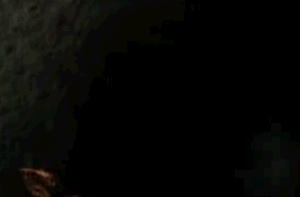Earth's history is a violent one. It is hypothesized that a Mars size planet collided with the Earth about 4.5 billion years ago. In the collision a huge amount of molten matter was ejected into space and formed the Moon while Earth became a ball of molten rock.

Earth's interior remains very hot with most of the heat produced through radioactive decay. At the center of the planet, the temperature may be up to 7,000 K, enough to melt rock and all elements. The outer crust of the Earth's surface floats on a swirling sea of molten rock known as the mantle. The movement of the liquid mantle moves the solid crust at the surface.
Plate tectonics is a scientific theory that describes the movement of Earth's lithosphere (outer crust) and gives rise to the movement of continents known as continental drift.
The lithosphere is divided into 8 major plates. (Click to see a detailed view of the plates)
Hide the image
Where these plates meet their relative motion determines the type of boundary that is formed. Three types of boundaries exist: convergent, divergent and transform. It is a long these boundaries that evidence of plate movement can be seen. It is these boundaries that are the cause of earthquakes, volcanic activity and the formation of mountain ranges and deep ocean trenches. Earthquakes can be so severe that if they occur beneath the ocean can cause a catastrophic tsunami.

View the video on the right,
1) What causes the continents to move?
2) What forms volcanic mountains?
3) What is a subduction zone?
4) How does subduction create volcanic activity?
5) What is a plate boundary?
6) What are the different types of plate boundaries?
7) Why are subduction zones sometimes referred to as destructive zones?
8) What type of boundaries form mountain ranges?
9) Explain how plate movement can cause a tsunami.
Sourced fromhttps://www.youtube.com/watch?v=Kg_UBLFUpYQ
Continue with evidence for continental drift.
Continue with the rock cycle